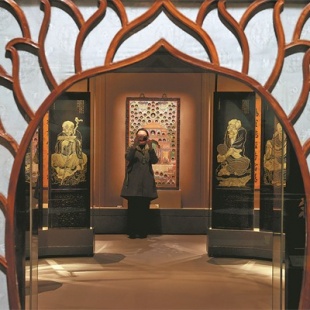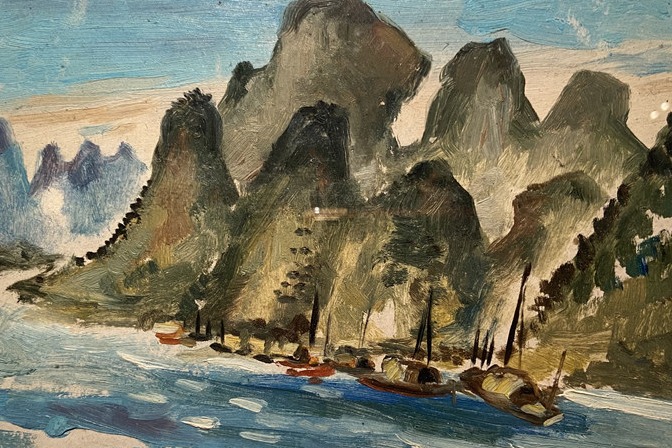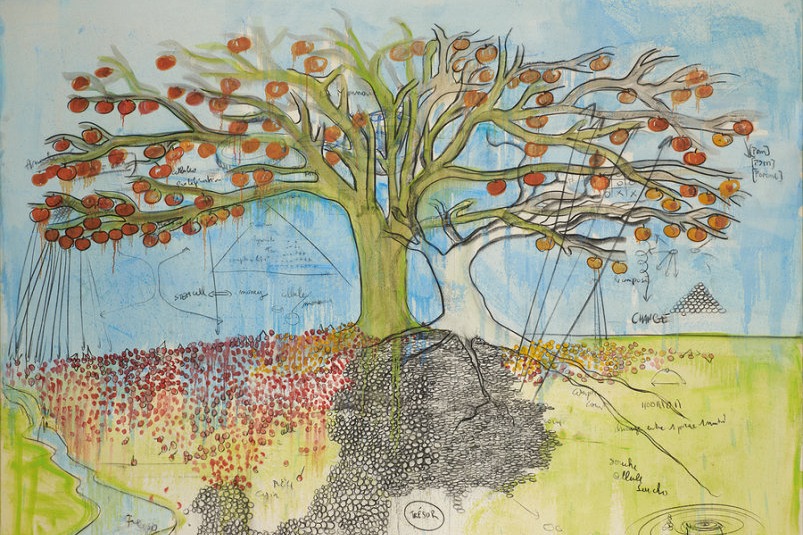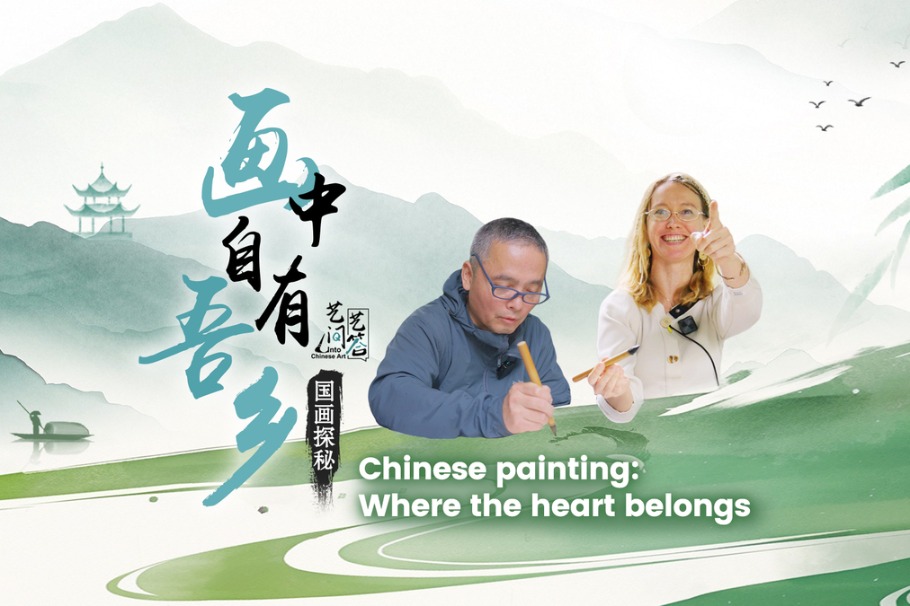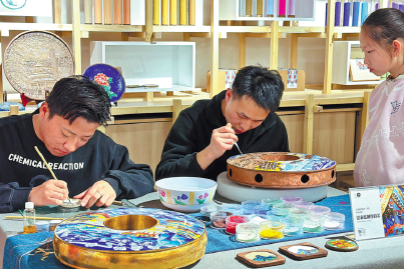Garden exhibition shows seeds of culture
Forbidden City event looks at how a small plot of land can inspire and nurture human creativity, Wang Kaihao reports.


Soulful exploration
On a bright spring day in 353, a group of Chinese literati gathered in the Orchid Pavilion for a ritualistic cleansing ceremony known as xiuxi, often involving bathing, meditation and reflection.
They dedicated their poems to the harmony of nature and grandeur of the universe, and Wang Xizhi then created the calligraphic work Preface to the Orchid Pavilion, a monument in Chinese art history, also an everlasting classic of literature.
Literati throughout Chinese history tried to duplicate Wang's ultimately refreshing moment in their gardens.
In Xiuxi, an exhibited Ming Dynasty (1368-1644) painting, people are seen to hold the purification ritual by water to ward off misfortune. On another Ming painting Jade Grotto Immortal Residence, the artist incorporates a grotto, a symbol of the realm of paradise, in the garden to reveal a pursuit for reclusive living.
In Qianlong Garden, the emperor also ordered the construction of a pavilion to pay homage to that gathering in 353.
"The gathering deeply influenced a guiding mindset of gardening in China," Zhu explains.
"People want to highlight the spirits represented by the natural landscape, in which they can nurture their virtue. Through designing, they reconstruct relations between humans and the landscape."
Such philosophical inspiration can also be seen in Western gardening.


